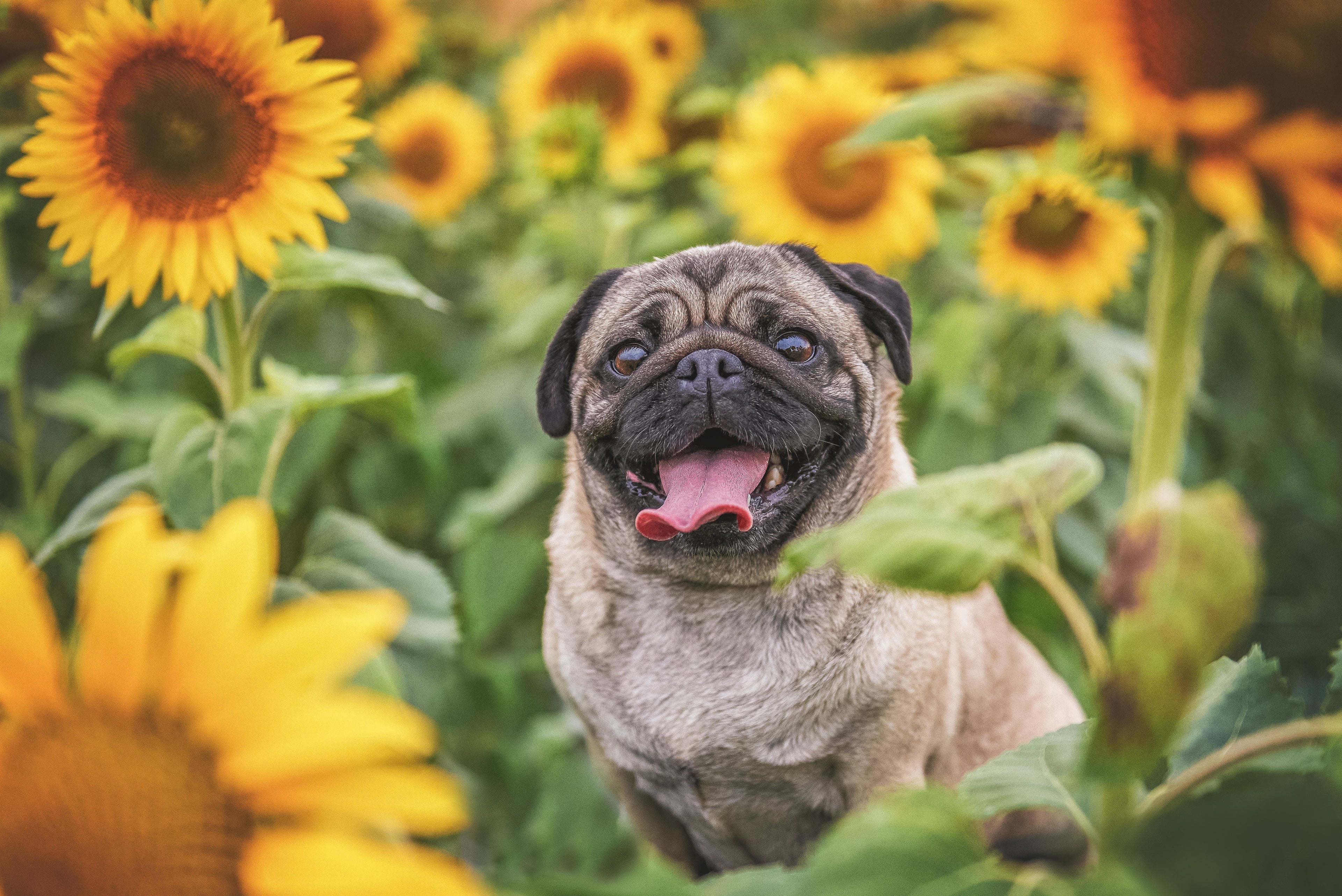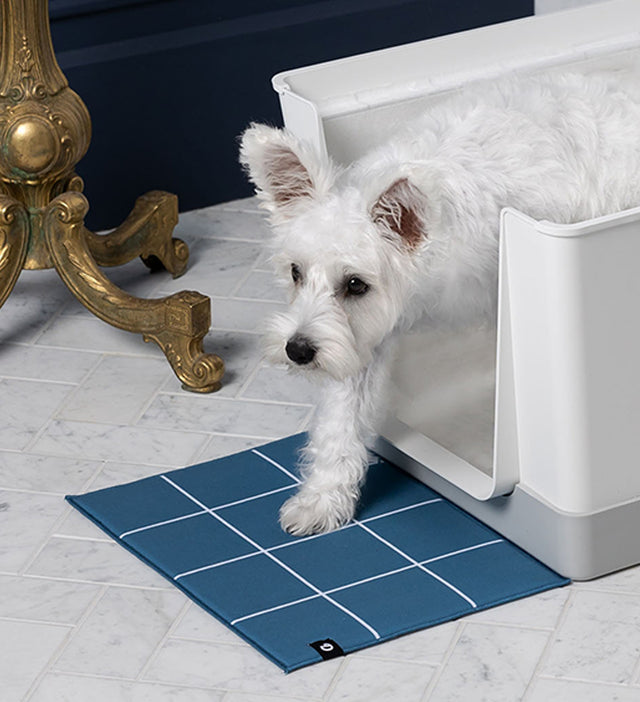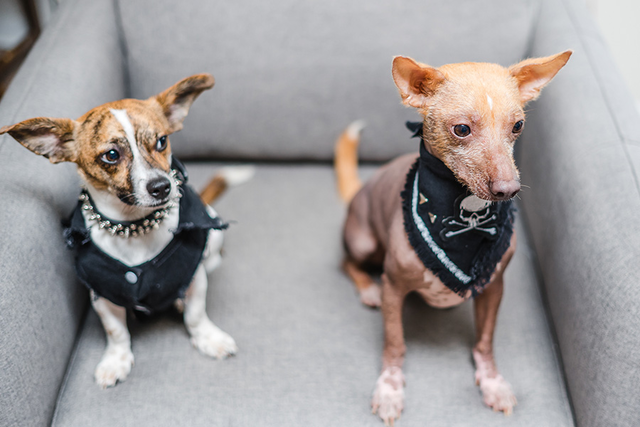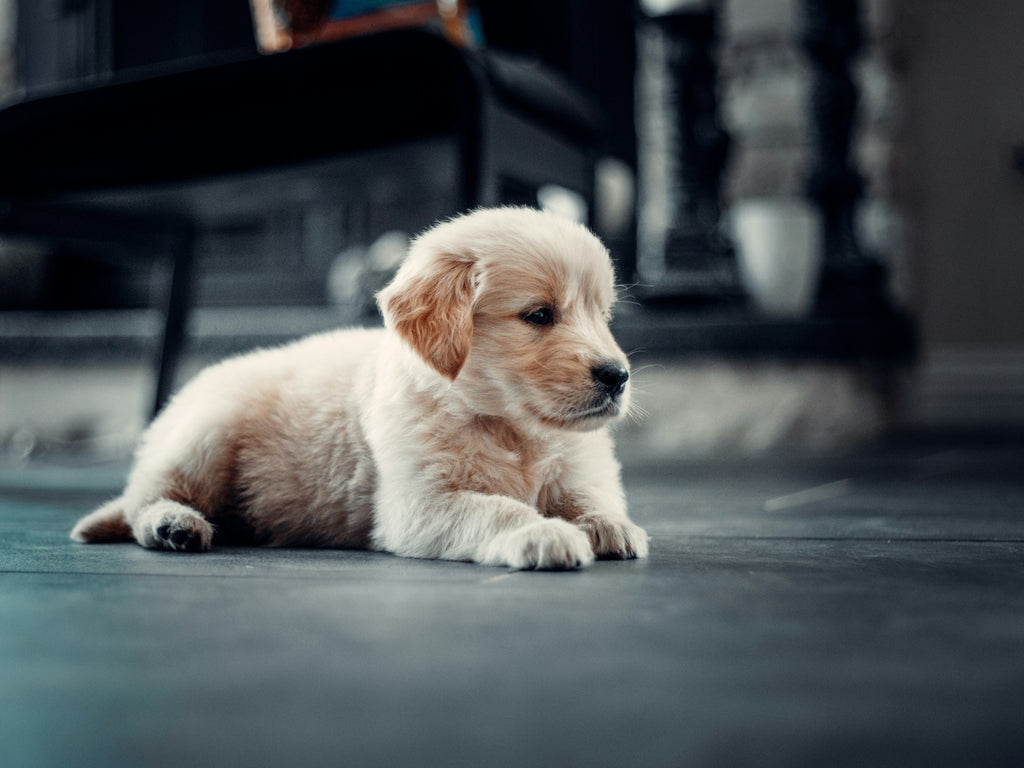Tips for Maintaining Consistency in Training

Training a new puppy is an exciting journey filled with both challenges and rewards.
As a pet owner, your primary goal is to ensure that your furry friend grows up well-mannered and comfortable in their environment. One of the first hurdles you will encounter is potty training, a crucial step in their development. If you are searching for effective strategies to manage puppy potty training and maintain consistency, you are in the right place.
This comprehensive guide will provide you with practical puppy training tips and show you how to toilet train a puppy in just 7 days, setting the stage for a harmonious relationship with your pet.

Understanding the Basics of Puppy Potty Training
Before diving into the specifics of training, it's essential to understand your puppy's basic needs. Puppies have small bladders and require frequent opportunities to relieve themselves. Recognizing the signs that your puppy needs to go, such as sniffing around, circling, or whining, is crucial for successful toilet training. A good understanding of these behaviours will help you anticipate your puppy's needs and respond promptly, preventing accidents before they happen.
Why Consistency Matters
Consistency is the cornerstone of effective training. It helps your puppy understand what is expected of them and minimizes confusion, making the learning process smoother. By maintaining a regular routine, your puppy will learn faster and feel more secure, as predictability breeds comfort. Consistency in commands, schedules, and rewards reinforces the training process and builds trust between you and your puppy.
Step-by-Step Guide to Toilet Train a Puppy in 7 Days
Day 1-2: Establish a Routine
Begin the training process by setting a structured schedule. Puppies thrive on routine, so ensure that feeding times are consistent each day. Take your puppy out for potty breaks first thing in the morning, after meals, and before bedtime. This regularity will not only help them understand when it's time to go but also create a sense of security and predictability in their day-to-day life.
Tips for Success:
-
Use a consistent command like "go potty" to signal it's time to relieve themselves. This verbal cue will help them associate the action with the command over time.
-
Praise them immediately after they go in the right spot. Positive reinforcement is a powerful tool that encourages repetition of good behavior and strengthens the bond between you and your puppy.
Day 3-4: Supervision and Confinement
During these days, keeping a close watch on your puppy is essential. If you catch them in the act of having an accident inside, gently interrupt them and immediately guide them outside. This teaches them the correct location for potty time and reinforces the training. When you cannot supervise them, confine them to a small, safe area to prevent accidents and help them establish control over their bladder.
Choosing the Right Space:
-
Ensure the confinement area is comfortable but not too large. You want them to associate the space with rest and relaxation, not as a place to relieve themselves. A crate or a small gated area can be ideal for this purpose.
Day 5-6: Reinforce Good Behaviour
By now, your puppy should begin to understand the established routine. Continue to reinforce positive behaviour with treats and affection, which helps solidify their learning. If accidents occur, clean them thoroughly to remove the scent and prevent repeat offenses. A clean environment aids in teaching your puppy that inside the home is not an appropriate place for potty breaks.
Handling Accidents:
-
Avoid punishment, as puppies don't understand it and it can create fear, hindering the training process. Instead, focus on positive reinforcement and guidance.
-
Use enzymatic cleaners to eliminate odours completely. This prevents your puppy from being attracted to the same spot for future accidents.
Day 7: Independence and Testing
On the final day, test your puppy's progress by allowing them more freedom around the house. Keep reinforcing the training and be vigilant for signs that they need to go. This is an opportunity to assess their ability to hold their bladder and follow the established routine without constant supervision.

Building Independence:
-
Gradually increase the time between potty breaks as your puppy learns to hold it longer. This builds their confidence and bladder control.
-
Celebrate successes to encourage continued good behaviour. Acknowledging their progress boosts their morale and strengthens your bond.
Additional Puppy Training Tips
While potty training is crucial, it's not the only aspect of raising a well-behaved puppy. Comprehensive training involves other key elements to ensure a balanced development.
Socialization is Key
Expose your puppy to different environments, people, and other animals early on. This exposure helps them become well-adjusted and reduces anxiety in new situations, promoting a calm and sociable demeanour. Socialization is essential for preventing behavioural issues and ensures your puppy grows into a well-rounded adult dog.
Consistent Commands
Use the same words for commands like "sit," "stay," and "come" consistently. Consistency in language helps your puppy learn faster by reducing confusion and establishing clear expectations. A well-trained puppy is more likely to respond appropriately in various situations, enhancing their safety and your enjoyment.

Patience and Positivity
Remember, patience is vital throughout the training process. Puppies are learning and growing, and training should be a positive experience for both of you. Celebrate small victories and maintain a positive attitude, as this encourages your puppy to continue learning and strengthens your relationship.
Wag-on
Potty training a puppy requires time, patience, and consistency. By following this guide, you're setting the foundation for a happy, well-trained pet. Whether you're learning how to toilet train a puppy in 7 days or taking a slower approach, remember, every puppy is different, and some may take longer to train than others. Embrace the journey and enjoy the process of bonding with your new furry family member.
Whether you're a first-time pet owner or an experienced dog lover, these puppy training tips can make a significant difference. With dedication and love, you'll create a nurturing environment where your puppy can thrive, fostering a lifelong partnership based on trust and understanding. Puppy toilet training is a rewarding experience, and with the right approach, you'll be well on your way to success.

Discover Ethically Produced Products
In addition to toilet training a puppy, consider incorporating innovative pet care products into your routine. Look for items that are sustainably made and designed to enhance your puppy's quality of life. From eco-friendly toys to comfortable bedding, the right products can support your training efforts and overall pet well-being.
By prioritizing ethical production, you're not only benefiting your pet but also contributing positively to the community and environment. Together, we can make a difference in the lives of our beloved pets and the world they live in.
With these insights and tools, you're well-equipped to tackle puppy potty training and provide the best care for your pet. Happy training!



